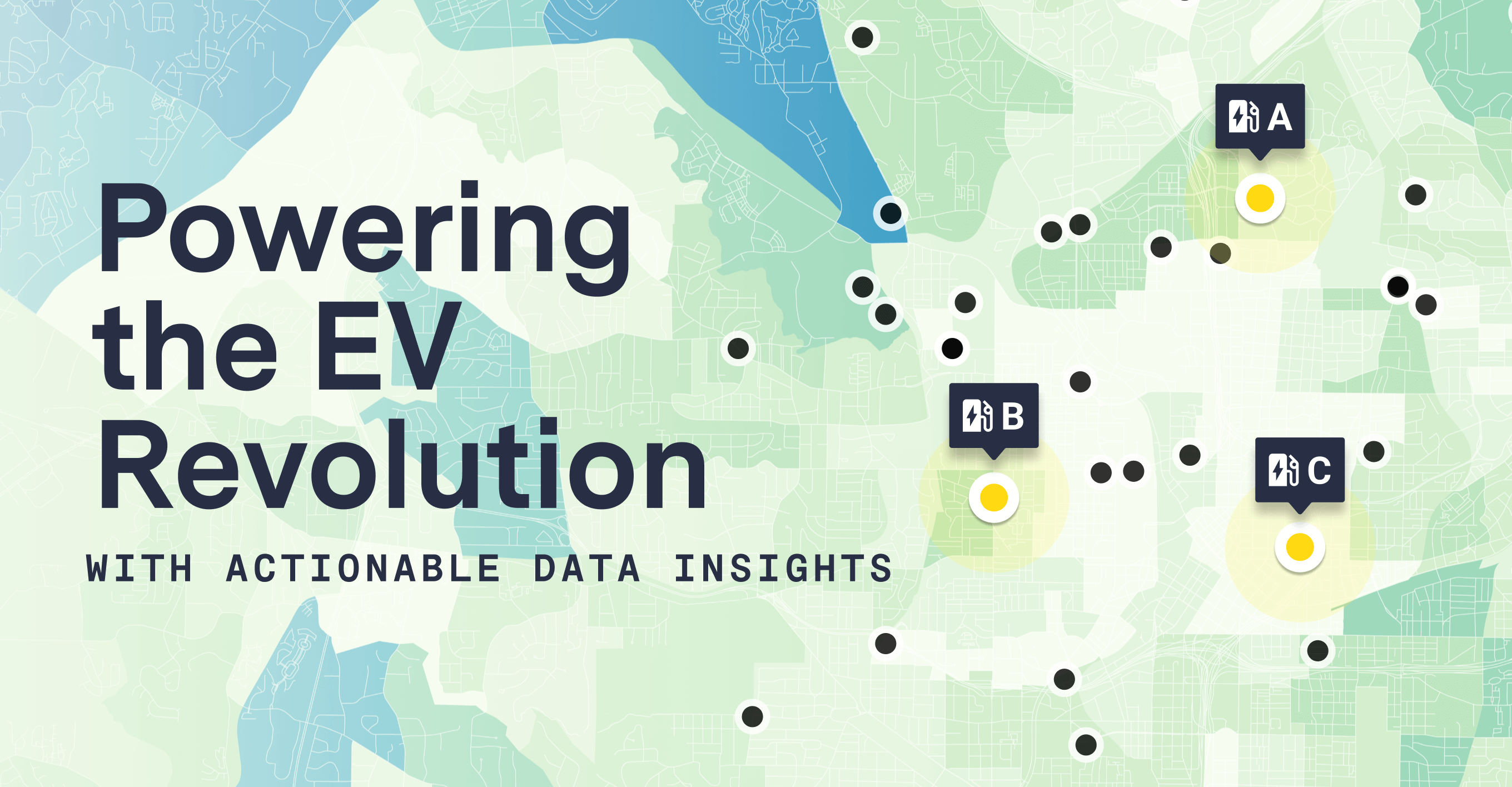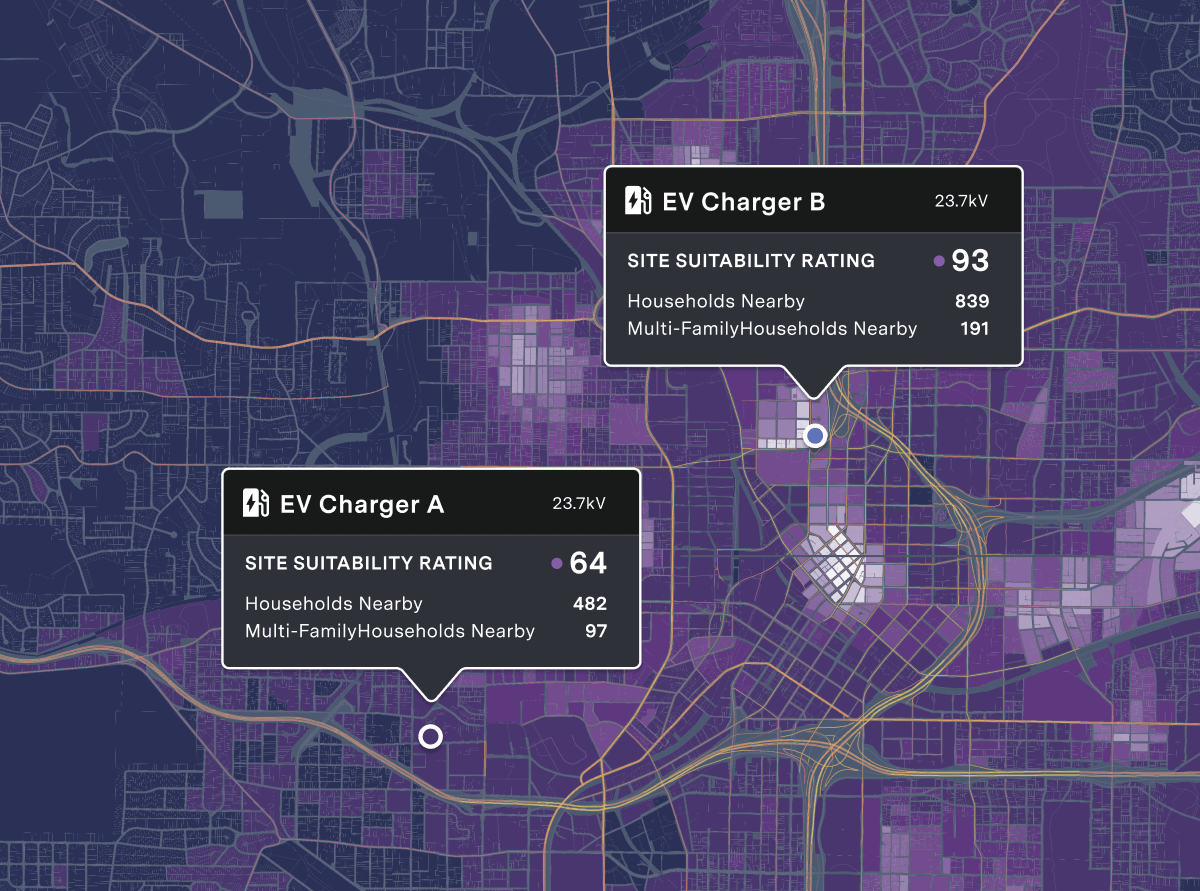
America just crossed over the tipping point in EV adoption which is likely to drastically alter the kinds of vehicles on the roads. Huge battery plants are sprouting up across the country, wait lists to buy electric vehicles (EVs) seem to grow longer by the day, and newly-approved federal dollars and ambitious new state programs are meeting and increasing the urgency to electrify the entire transportation sector.
For each of the next five years, the Bipartisan Infrastructure Law has allotted $1B to the new National Electric Vehicle Infrastructure Formula Program (NEVI). This funding will then be distributed to states to deploy EV charging infrastructure and establish a network of chargers to sustain this road revolution.
While it may sound simple to add more chargers on the road, the NEVI Program aims to ensure that in doing so, states equitably increase accessibility, lower costs to the adoption and upkeep of EVs, and improve data interconnection and reliability.
In order to decarbonize the transportation sector and improve air quality where it matters most, EVs must be accessible to all. But studies show that over the last decade, most EVs have been purchased by men aged 40-55 with annual household incomes over $100,000. Not only are EVs themselves costly, EV ownership poses challenges for renters who don’t own their homes to install chargers, and create risks for workers with long commutes through charging deserts. When EVs are purchased predominantly by wealthy Americans, the benefits of EV ownership (including improved air quality and protection from vacillating gas prices) skip over Americans and communities who need them most, exacerbating existing equity gaps.
This August, states published their plans to receive NEVI funding, focusing on creative policy solutions for addressing gaps in existing EV charging networks around the country. New York, whose plan was recently made public, announced that they expect $175m over five years to support current recommendations and future needs, with a goal of removing any charger gaps in the state’s highway network.
As a part of state policy (the New York State Climate Act), a minimum of 35% of all benefits from clean energy programs must be allocated to disadvantaged and underserved communities. And New York isn’t alone – states across the nation are focusing on equity priorities, goals and expectations in their plans for federal NEVI funding.
But the booming EV market leaves questions about where to best deploy EV infrastructure with equity and environmental justice in mind. Failing to accurately answer this question means failing to deliver on policy goals and funding requirements as well as the promise of low carbon transportation.
EV infrastructure siting is a fundamentally spatial question. For instance, it depends on knowing where the fewest public charging stations are. But spatial questions aren’t just about looking at a map; they involve a whole community.
For instance, New York’s NEVI plan calls for prioritized infrastructure installations based on a number of criteria, targeting areas that lack chargers within a mile of designated highway corridors with a priority on highway exits.
Considering these criteria alongside other important considerations, like NEVI’s national goal of siting public chargers every 50 miles on US highways, New York’s goal to prioritize chargers in low-income and racially diverse areas, and a need to identify land use types with dwell times that prime them for DC fast charging, siting decisions quickly become complex, requiring the synthesis of dozens of disparate datasets and information types.
That’s why UrbanFootprint, the world’s first Urban Intelligence Platform, facilitates a deeper dive that supercharges effective siting decisions. Our software incorporates over 600 up-to-date datasets which cover 97% of the US to weigh key variables like income, transit access, existing infrastructure, existing charging stations, racial makeup, and hazard risk. As states begin to deploy NEVI funding over the coming months, UrbanFootprint’s solution offers critical value and unlocks new opportunities for transportation authorities, cities, utilities, construction and engineering firms and consultants who advise any of these stakeholders.

And because every community is different, and different states define underserved and disadvantaged communities differently, our EV Insights solution is tailorable to countless configurations to meet specific needs. UrbanFootprint’s data core, paired with an intuitive user interface and our hands-on customer success team put holistic, relational insights into the hands of local governments, contractors and investors, empowering them to know that their decisions are the right ones and every dollar spent is at work achieving its intended goal.
Because EV infrastructure siting is so dependent on a host of land use and community factors, and given that EV charger demand is due to surpass 29.8 million chargers, our EV Insights is unique in the market in its ability to improve siting decisions based on a rich landscape of urban, transportation and community factors. We use this tool with public and private partners across the country, and know it has the potential to accelerate and accurately deploy EV investment when it lands in states and communities across the country.
As the federal government disburses the first round of NEVI payments to states this month, UrbanFootprint solutions are uniquely positioned to support local governments, utilities, consultants and infrastructure providers, and most importantly – the communities they serve. We are proud to be at the forefront of technology solutions designed to ensure the electric transportation revolution is just and accessible for all Americans.
Never Wonder Where – UrbanFootprint enables companies, governments, and their community partners to cut through the noise to make high-impact decisions leveraging targeted, actionable data and location analytics. Assess risk, understand markets, close equity gaps, and make better decisions with the most powerful and comprehensive urban, climate, and community resilience data platform available, anywhere.
Reach out to our energy team to learn more at adapt-better@urbanfootprint.com.








